They say the best things come in small packages so we’re looking at ten of the smallest attractions in the UK.
Read on to learn about Britain’s smallest…
County
If going by population, Rutland is commonly named as Britain’s smallest county. With a population of roughly 41,151, Rutland squeezes a lot of charm into its 147 square miles. However, even this can be contested. The City of London is its own administrative area and a ceremonial county, and boasts a population of just over 10,000.
If you are basing the smallest county on land area instead of population, there are a couple of contenders. Merthyr Tydfil County Borough has almost 59,000 residents within its 43 square miles. It is a local authority within the larger county of Glamorgan. In Scotland, the “Wee County” of Clackmannshire boasts some 51,000 residents in an area of 61 square miles. Meanwhile, the smallest county in Northern Ireland is County Armagh, covering an area of 512 square miles and having a population on about 195,000.
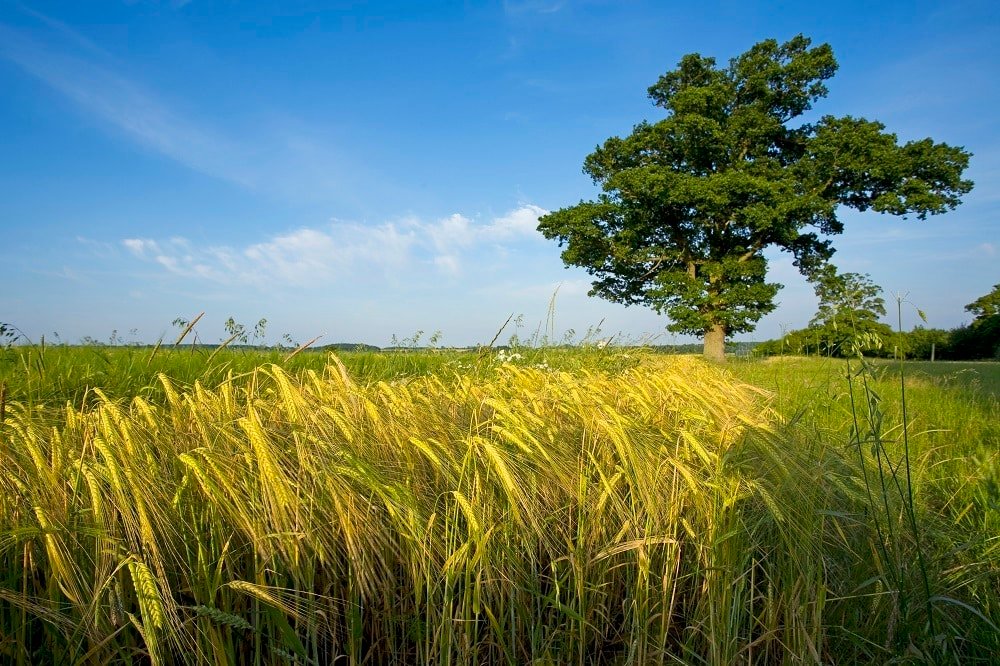
Town
The smallest town in Britain is familiar to me since it is close to where I grew up in Kent. Fordwich has a town council, making it a town in its own right. And a tiny one at that. The current population is about 400. In 1184, King Henry II bestowed a Merchant Gild Charter upon Fordwich, granting permission to consider itself a town. At the time, it was a port (on the River Stour) for nearby Canterbury. Stop by The George and Dragon or The Fordwich Arms for a drink and a bite to eat, or book a night champing at St Mary’s Church.
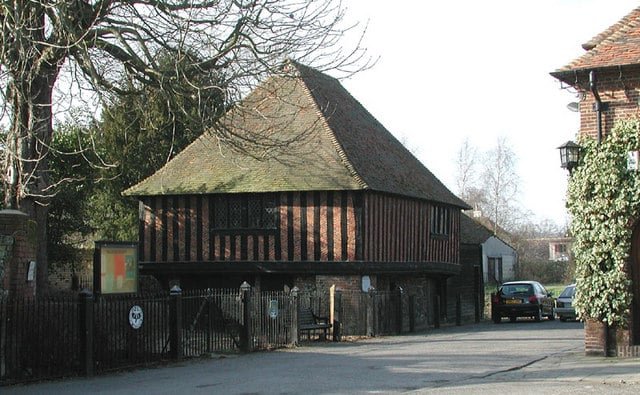
Church
There are dozens of tiny churches throughout the UK, many of which have been abandoned and left to the elements as communities dispersed or moved to urban areas. The National Church Trust lists some of the smallest churches in the UK. St Trillo at Rhos on Sea, Wales, is possibly the smallest. It sits atop a natural spring, which many believed to have healing powers. The tiny chapel has room for six worshippers (including a priest).
The Guinness Book of World Records recognizes Bremilham Church in the Wiltshire village of Cowage as “England’s smallest church in use”. A pew has room for four people or ten can squeeze in if standing. In 1955, new owners bought the farm on which it stands and decided to reopen it for its original purpose. Prior to that it had been used to store turkeys! Reconsecrated by a bishop, Bremilham now hosts one service a year, which can attract as many as 50 attendees who all crowd outside.

Restaurant
There used to be a restaurant with – wait for it – just one table. Sadly, Hodson and Co in Aylsham, Norfolk, closed in 2023, thus reopening the competition to be named Britain’s smallest restaurant. While I was unable to locate any current restaurants with just one table, there are a few that can definitely offer a cosy and personal dining experience:
- Stark on Mersea Island. (Full disclosure: this is owned and operated by a cousin of mine.) Ben and Sophie Crittenden first opened Stark in Broadstairs, Kent. With seating for 12 patrons, it achieved national acclaim and won a Michelin star. A few years ago, they decided to move to Mersea in Essex and the restaurant has expanded to seat 20. The restaurant offers a tasting menu and cannot accommodate special dietary requirements. You are also cautioned to keep an eye on the tides when making your way there and back.
- Hathaways of Dunster in Somerset offers a Mediterranean and Italian menu to 12 customers.
- Chapters in Hay-on-Wye has room for 22. It recently received Michelin’s highest honours for sustainable dining.
Needless to say, reservations are essential at all three.
House
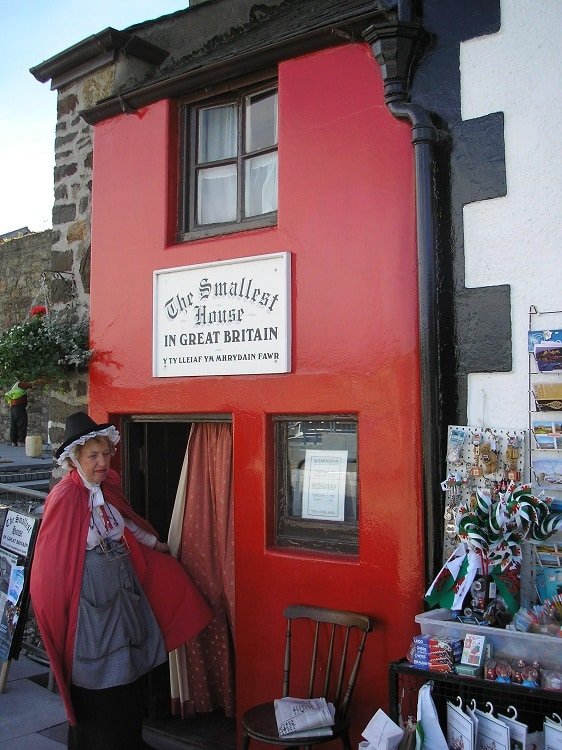
Forgive the cliche but Britain’s smallest house is truly a gem. Quay House, or “The Smalls”, is located in Conwy, Wales. It is just 6 feet across, a little over 10 feet high, and 10 feet deep. Remarkably, it contains a bedroom and a living room and was used as a residence until 1900! Then, the local authorities said it was unfit for living in. The owner, Robert Jones, not wanting to lose money on his investment, did some research and determined it was the smallest house in Britain. Thus he opened it as a tourist attraction. Its record-holding status was confirmed in the 1920s. The house remains in the family and operates as a museum, open to the public seven days a week. With its distinctive red paint, you can’t miss it.
Pub
The advent of the micropub with spaces as small as someone’s living room can make it hard to judge the smallest pub. So we shall defer to the Guinness Book of World Records. According to the esteemed publication, the smallest pub in Britain is The Nutshell in Bury St Edmunds. The pub opened in 1867 with a bar that measures 15ft by 7ft.
Of course, The Nutshell has its competitors. For a while, The Lakeside Inn in Southport claimed the title and its owners still claim it is the smallest at 22ft by 16ft and with room for no more than 50 people. Meanwhile, in Cleethorpes, The Signal Box Inn claims to be “the smallest pub on the planet” at 8ft by 8ft.
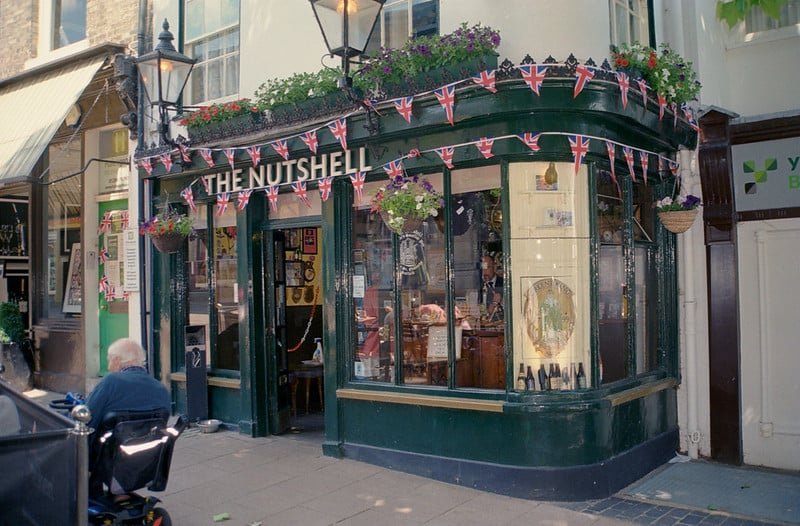
Museum
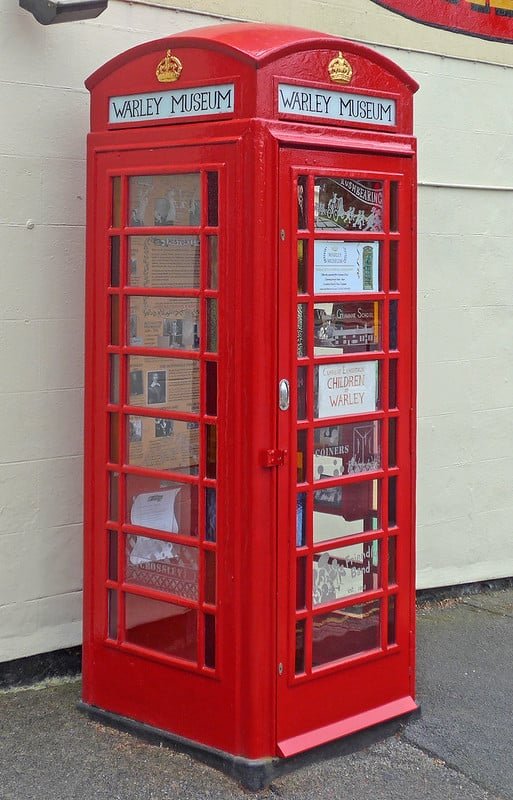
I don’t know if this is officially the smallest museum in Britain but it’s definitely one of the most charming. That’s because the Warley Museum is located in a traditional red phone box. When village phone boxes were falling out of use, many communities were faced with the question of what to do with them. While doing the Coast to Coast walk some years ago, I noticed that the red landmarks had been repurposed in a variety of ways. Some are now small community libraries, while others house defibrillator equipment, potentially lifesaving in rural isolated locations. The residents of Warley, West Yorkshire, voted to turn theirs into a museum. The space hosts a series of changing exhibitions all focused on local history. Admission is free. No crowding!
Other tiny museums include Margate’s Shell Grotto, Nottingham’s Framework Knitters Museum, and the Cra-as Nest Museum in the Orkney Isles.
Theatre
Malvern’s The Theatre of Small Convenience entered the Guinness Book of World Records in 2002. Billed as the “world’s smallest commercial theatre” it has seating for 12. I 2017, the theatre’s future looked uncertain after the owner retired. However, it is now under new ownership and is used primarily for puppet shows. What’s behind the name? It was originally a Victorian public toilet!
The Bournemouth Colosseum has the distinction of being one of Britain’s smallest cinemas and a multiplex! Its three screening rooms can hold a total of 30 people. Barry Island’s The Small Space claims to be the UK’s smallest theatre and the smallest magic theatre in the world with a 25-seat auditorium.
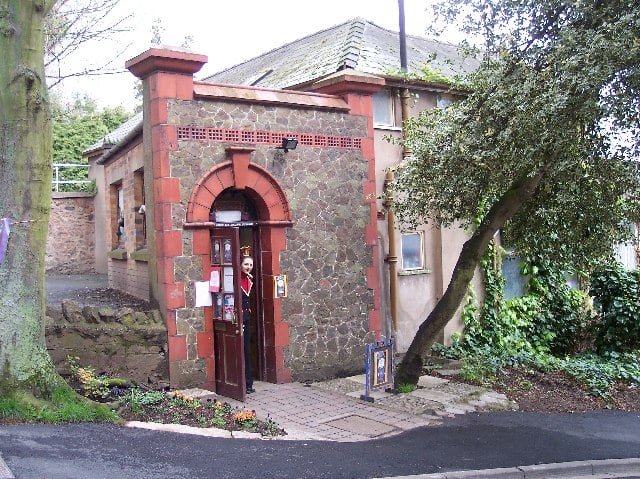
Lighthouse
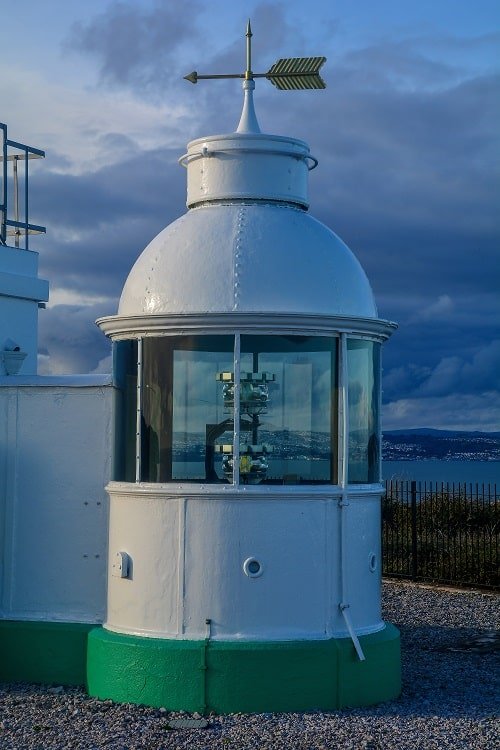
We tend to think of lighthouses as towering atop a cliff, but some are surprisingly small. Take, for example, Berry Head Lighthouse in Brixham. On the one hand, it is very high, one of the highest in the country since it is perched on a headland more than 50m above sea level. That height means the lighthouse itself can be short, just 5m tall. Berry Head Lighthouse is still operational, having been fitted with new LED bulbs in 2019.
Equally small in stature is Crow Point Lighthouse, another unmanned station in North Devon. Even shorter (just 3m tall) is the Hilbre Island Lighthouse at the estuary of the River Dee. Since this is just a small tower topped with a lantern, some do not consider it a lighthouse in the traditional sense.
Police Station
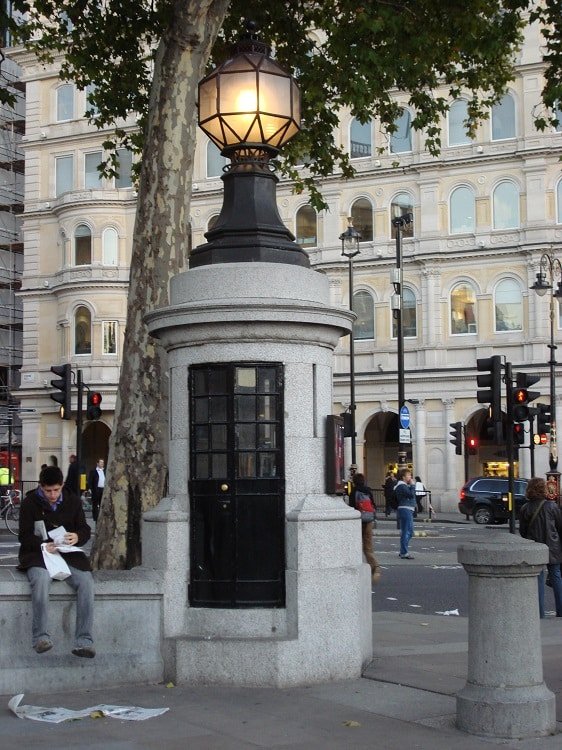
Is it true that Britain’s smallest police station is in Trafalgar Square? Historic UK and many other outlets point to the small granite structure that seems to have been used as a police box from the mid-1920s to the 1970s or thereabouts. It had room for one or two police officers and a phone line to a nearby station. Today it is used as a storage closet for cleaning supplies and some claim it was never technically a police station at all. Whatever the case, it’s an interesting little landmark to seek out. In 2023, news outlets claimed that the smallest operational station had opened in Crawley. Again, I’ll leave it to readers to decide if this “engagement hub” qualifies.



